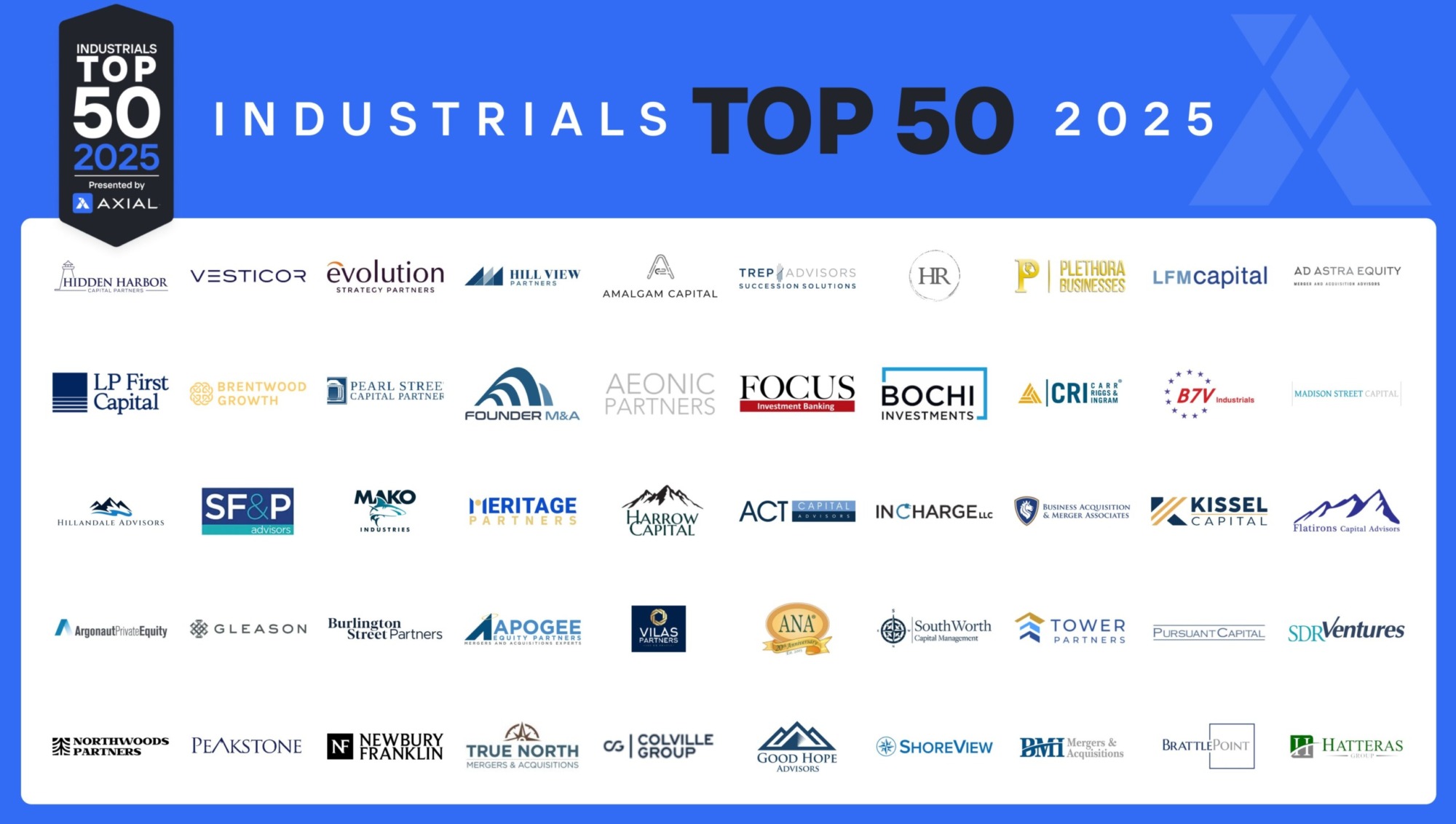
The Top 50 Lower Middle Market Industrials Investors & M&A Advisors [2025]
Industrials remains the most dominant sector in Axial deal flow, representing more than 25% of all deals brought to market…
The “right thing to do.” That’s what most organizations look to do when it comes to incorporating diversity and inclusion standards into their social responsibility mission. In the financial arena, Dodd-Frank Section 342 was intended to be a first step in promoting diversity and inclusion in the financial services industry. The act excluded, however, any real definition of diversity, policy mandates, or time factors for compliance, presumably with the idea that our industry would regulate itself.
However, in recent weeks, I have attended numerous conferences and events and am struck with a sense of dismay: there do not appear to be any significant changes in the diversity of our industry. Unfortunately, many of the people that I speak with at these events not only look the same, but they also sound the same.
Research shows that companies with more diverse workforces perform better financially. According to a 2015 McKinsey report, workplaces with gender diversity perform 15% better than those without it. Even more impactful, ethnic diversity increases workplace performance by a whopping 35%.
Diversity has been typically defined in a way that focuses on demographics and cultural differences. I have noticed that while race, religion, and gender factors still play a substantial role in our definition of diversity, corporate America’s definition has evolved to include a stronger focus on individual experiences and ideological differences. One defining aspect of individual experience is education. If we hire three people with very diverse backgrounds, but all have the same degree from the same university, have we optimized diversity of thought? Moreover, if those same three people are then indoctrinated into a rigid institution and taught that the way we do things is the only way to do things, aren’t we stifling that same diversity of thought?
Diversity of thought looks to push people to stretch their thinking, open their minds, and move out of their comfort zones. It recognizes the need to combine different types of thinkers, create cultures that are open to new ideas, and leverage employees’ unique talents. A study done by Deloitte, which coined the term “diversity of thought,” found that diversification in business cultivates innovation and creative problem solving.
If we accept the thesis that the diversity of thought produces innovation and that innovation is advantageous, then it makes good business sense to enhance the diversity of thought within our industry as a whole. Through expanding our definition of diversity, we foster unique solutions to complicated problems.
At CapX Partners, diversity has become an integral part of our hiring practices and organizational culture. As we consider new hires, we evaluate the qualifications of all candidates. Those that add to the diversity of thought of the firm have the advantage.
Assuming that you’ve established a hiring program that welcomes diversity in all its forms, here are a few best practices as you execute your own organization’s plan.
